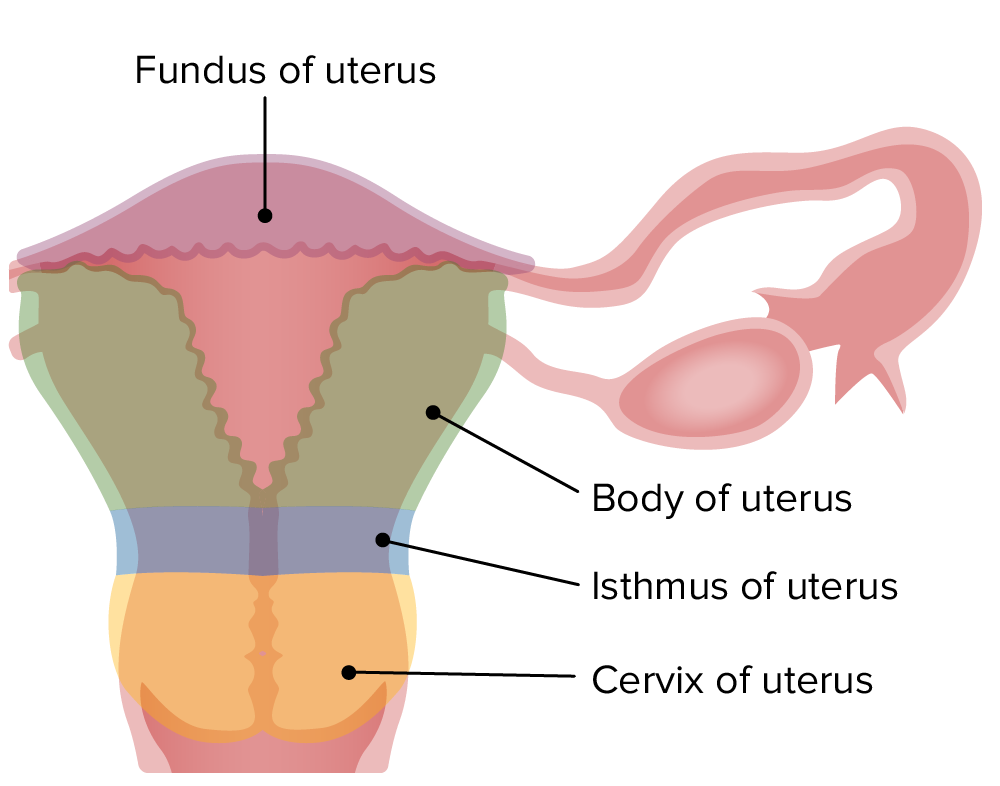Playlist
Show Playlist
Hide Playlist
Normal Cervix
-
Slides Cervix Female Reproductive Pathology.pdf
-
Reference List Pathology.pdf
-
Download Lecture Overview
00:01 In female reproductive pathology here, we’ll take a look at important cervical disorders. 00:08 The normal cervix, think about where you are. 00:12 You’ve established a rapport with your patient. 00:15 She feels comfortable with you handling a pelvic exam and you obviously are not going to be alone Upon insertion of a speculum, warm it up first, please. 00:27 You don’t just insert a cold tool into the vagina. 00:32 And now at this point, you’re looking deep into the vagina and at the cervix. 00:40 Now, if you don’t find the cervix, totally different pathology. 00:45 But here, a normal cervix. 00:47 Notice the fleshy consistency of the cervix. 00:52 The cervix here, the type of cells that this is lined by, It would be what kind? Good. 00:58 Squamous cells, because this is facing the outside. 01:03 So you’re looking at this, you’re looking at the exocervix. 01:07 You’re looking at the cervical os, which is then leading into the cervix, and then further into the uterus. 01:16 At any point in time, if this surface of the cervix appear as being reddened or fiery red, you might be thinking about an infection, such as candida. 01:27 Or from the os itself, you find oozing of blood coming out in a post-menopausal woman, that is extremely concerning because now you’re worried about endometrial cancer in a developed country. 01:41 A lot of stuff that you can just take out by looking at a normal cervix. 01:46 Your foundation first begins here.
About the Lecture
The lecture Normal Cervix by Carlo Raj, MD is from the course Disorders of Vulva, Vagina and Cervix.
Included Quiz Questions
Which of the following is the description of a normal cervix on speculum examination in a non-pregnant woman of reproductive age?
- Pink, glistening, smooth mucosa of the exocervix, with a small round or fish-mouthed cervical os
- Pink mucosa with multiple small, fluid-filled protrusions
- Bright red mucosa surrounding the cervical os, in turn surrounded by smooth, pink mucosa
- Friable mucosa with multiple small red dots, or punctations
- Smooth, pink mucosa and a small, fleshy protrusion through the cervical os
Customer reviews
5,0 of 5 stars
| 5 Stars |
|
5 |
| 4 Stars |
|
0 |
| 3 Stars |
|
0 |
| 2 Stars |
|
0 |
| 1 Star |
|
0 |




